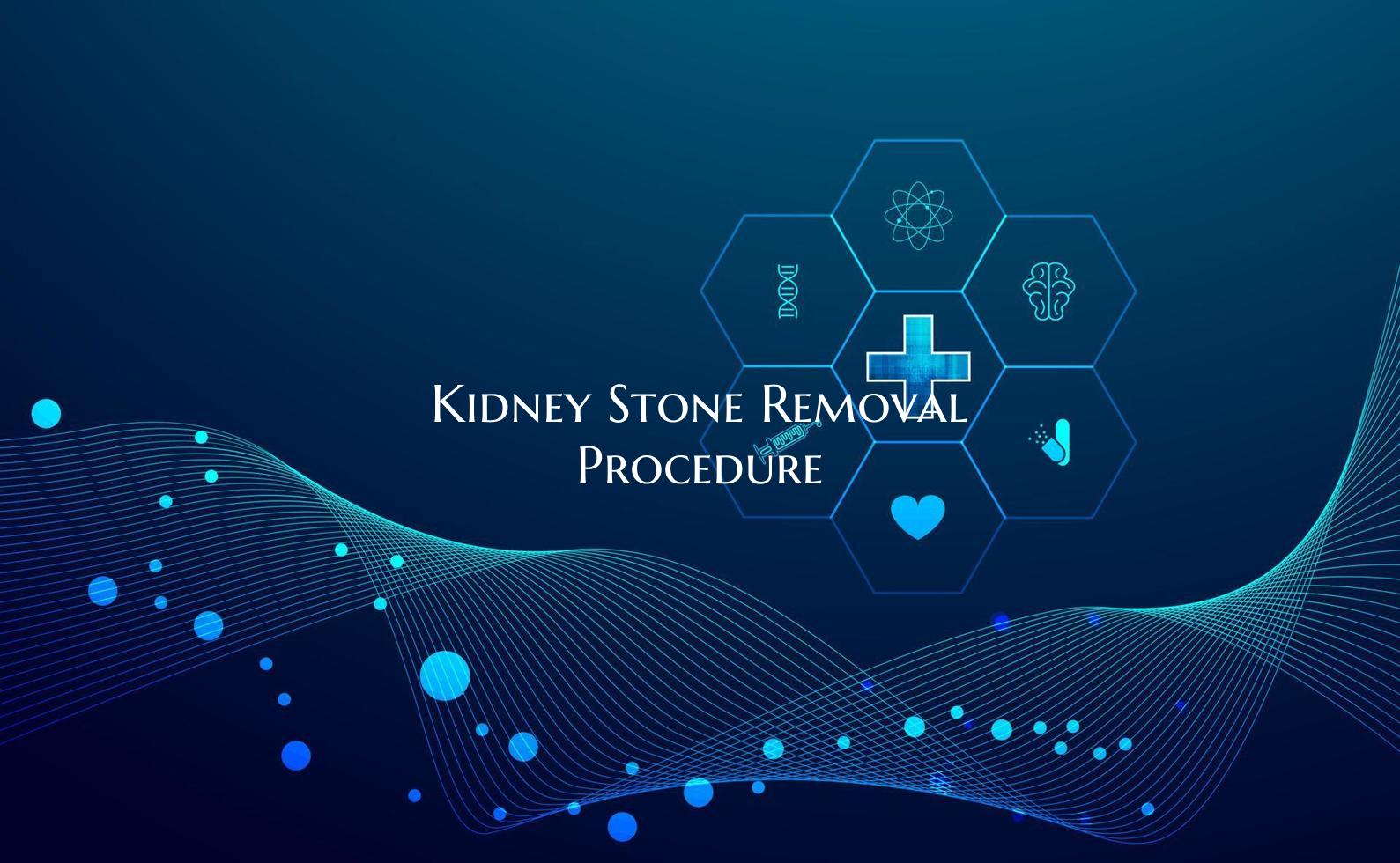
Kidney Stone Removal Procedure
Kidney stones can cause intense pain and discomfort if left untreated. When other methods such as increased fluid intake and medication fail to help pass the kidney stones, a kidney stone removal procedure may be necessary. There are several effective procedures to remove kidney stones, depending on the size and location of the stones.
One common procedure is extracorporeal shock wave lithotripsy (ESWL), where shock waves are directed at the kidney stone to break it into smaller pieces that can then be passed naturally through urine. This procedure is non-invasive and usually performed on an outpatient basis.
For larger or more stubborn stones, ureteroscopy may be recommended. In this procedure, a thin scope is inserted through the urethra and bladder to reach the stone in the ureter or kidney. The stone can then be broken up using laser energy or removed whole with a basket-like device.
In some cases, percutaneous nephrolithotomy (PCNL) may be necessary for very large or complex kidney stones. This procedure involves making a small incision in the back to access the kidney directly and remove the stone.
After any kidney stone removal procedure, it is important to follow post-operative care instructions provided by the healthcare team. This may include staying hydrated, taking prescribed medications, and avoiding activities that could strain the kidneys.
If you are experiencing symptoms of kidney stones or have been diagnosed with them, consult with a healthcare provider to determine the most appropriate treatment plan, which may include a kidney stone removal procedure to alleviate pain and prevent complications.